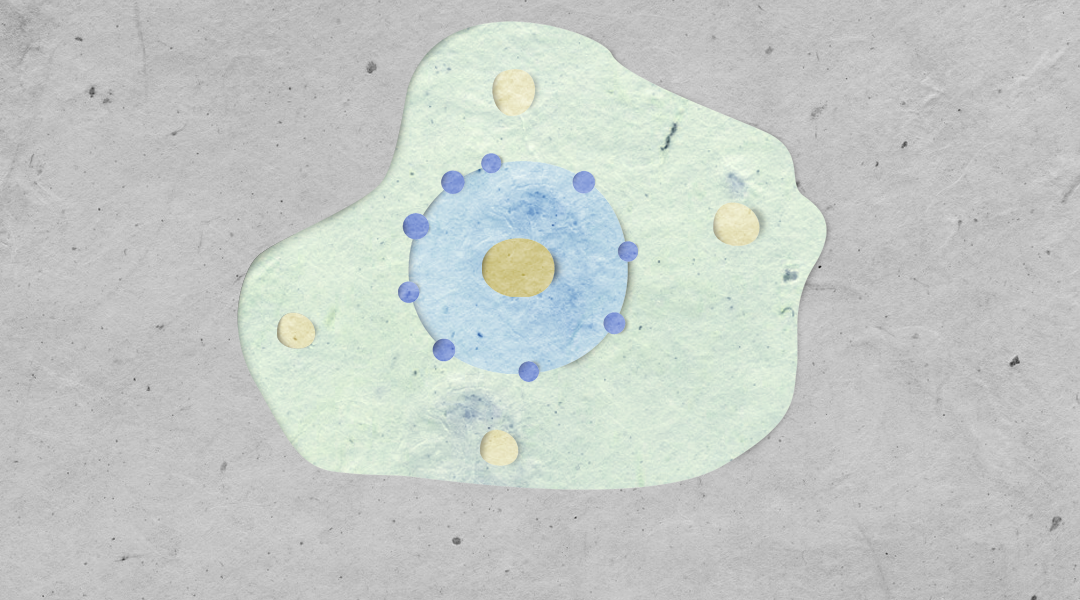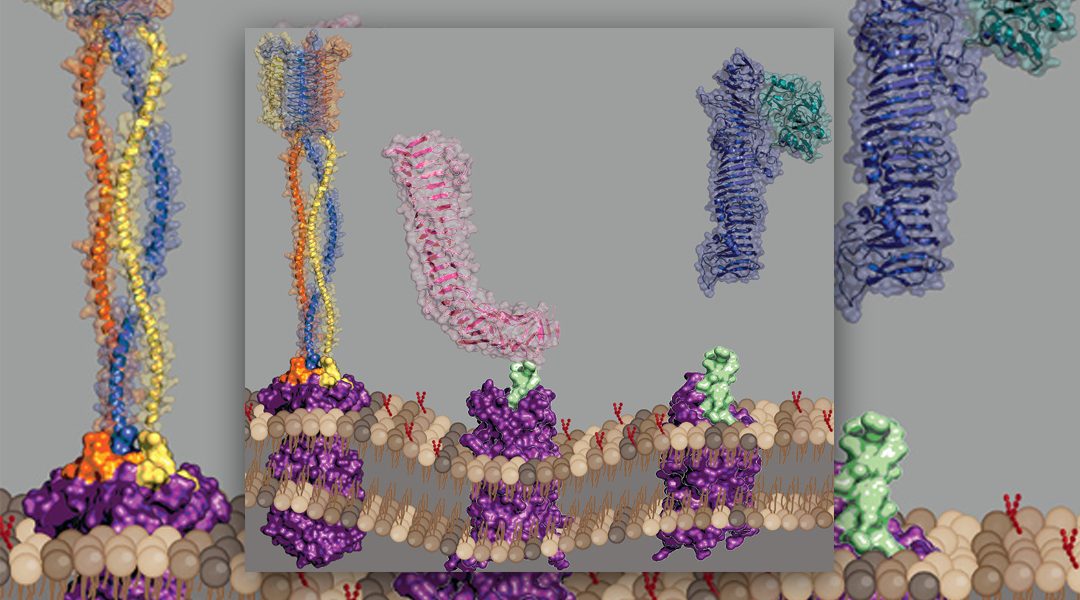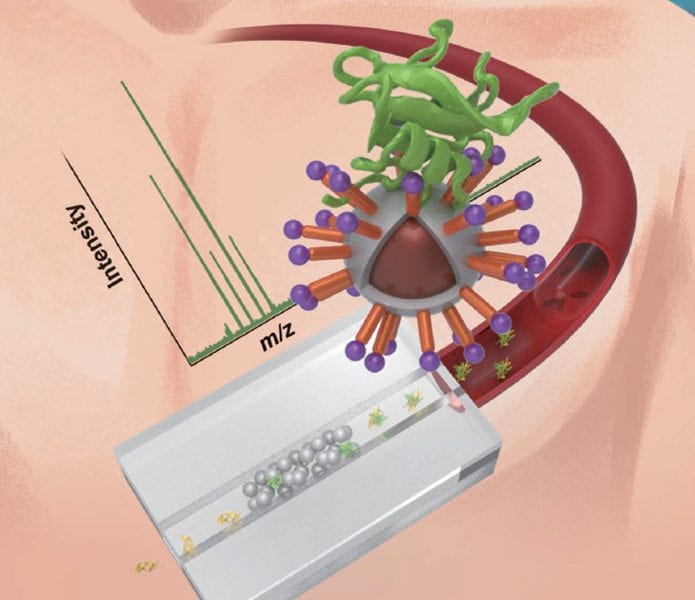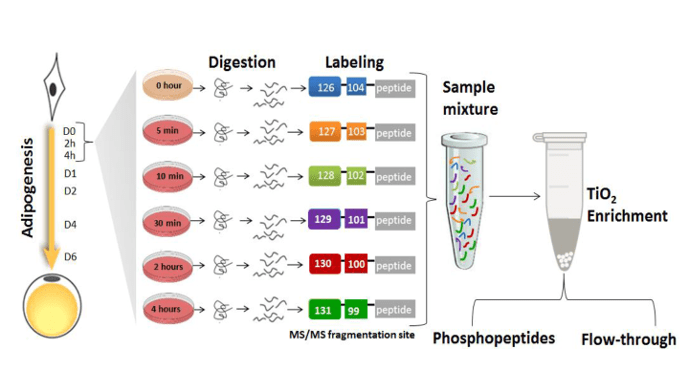Important implications for the development of therapeutics, and several potential pharmacological targets for the treatment of stress‐related disorders have been identified.


Important implications for the development of therapeutics, and several potential pharmacological targets for the treatment of stress‐related disorders have been identified.

An excellent resource to learn about proteinaceous membraneless organelles is provided in a review in Proteomics.

A special issue on the proteome associated with these extracellular environment constituents of different organisms ranging from microorganisms to plants and humans.

PROTEOMICS is inviting papers for a Special Issue on Omics insights into (nano)materials–organism interactions.

Indium oxide-functionalized magnetic nanoparticles were synthesized and used as solid phase extraction adsorbent on a chip, held with the help of an external magnetic field.
A knowledge base called PeptideTracker has been designed for collecting and storing information on protein concentrations in biological tissues derived from different experiments along with the acquisition protocols and conditions used.

You can chop ripe tomatoes and sprinkle them with salt and pepper to fully appreciate their taste. Alternatively, you can lyse tomatoes in a hypertonic buffer to appreciate their proteome.

Using a proteomics approach, Drs. Paulo and Gygi from the Harvard Medical School provide evidence that nicotine exposure changes the abundance of membrane proteins implicated in signal transduction and autophagy.

Fat is stored in adipocytes in the adipose tissue. In addition, the tissue contains other cell types including fibroblasts, vascular endothelial cells, immune cells and preadipocytes.